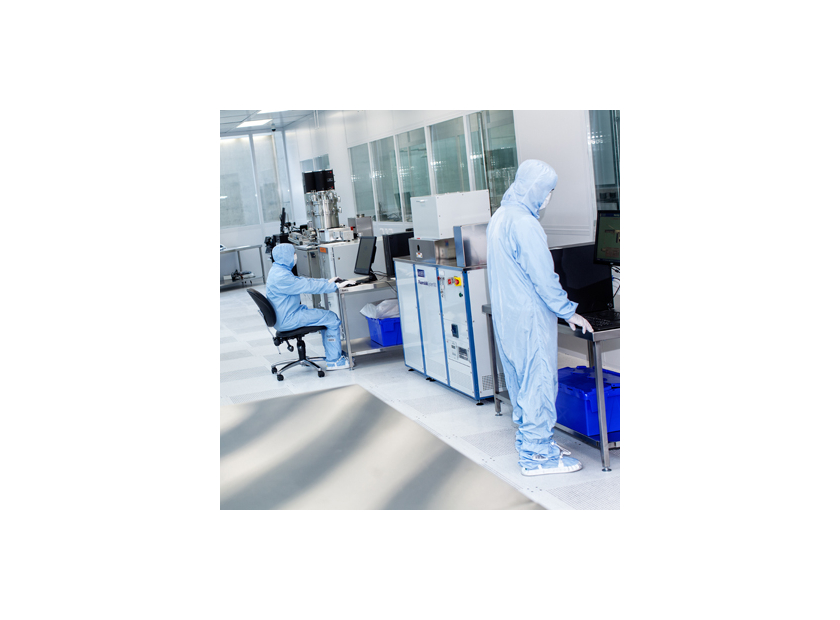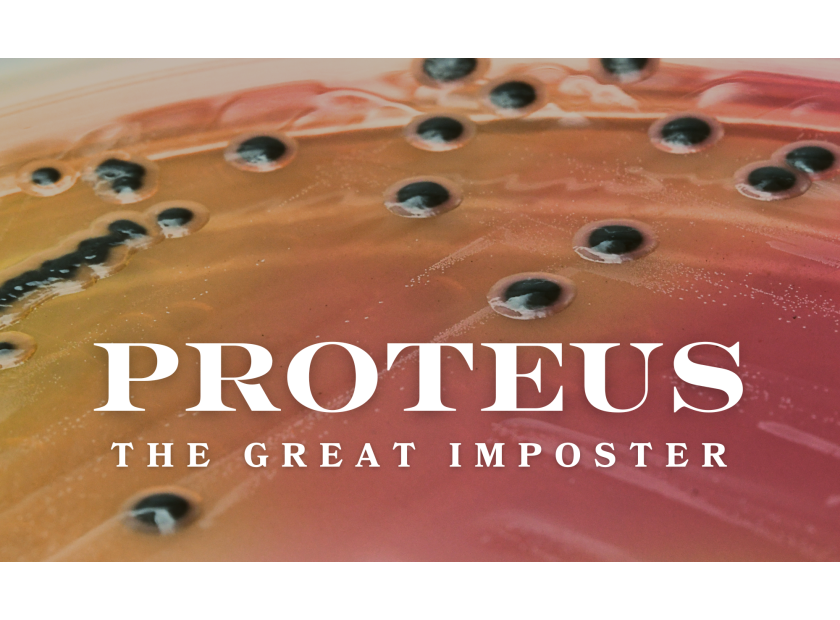Page 3 - Modern Innovations
-
Posted: September 29, 2017Read More
Throughout history there has been an ongoing conversation about the mystical “living light” that shows up fluttering in the sky, churning beneath the ocean waves, and dancing across the forest floor. Stories have been passed down depicting this fantastical phenomenon stemming from all different cultures and histories. From ocean explorers that discovered the deep sea dwelling animals that illuminate...
-
Posted: August 25, 2017Read More
Environmental monitoring (EM) is a proactive tool for Quality Assurance and is a critical process within pharmaceutical and biotechnology industries. The process is important in determining the microbial
 ...
... -
Posted: August 04, 2017Read More
These days, most people are aware that bacteria have benefits to our health and that not all bacteria are to be feared. Probiotic packed yogurts proudly proclaim their rich source of beneficial microbes. Health conscious Americans have taken the time to learn how to balance their intestinal flora based on research showing links between your gut and your mood. Most are now aware that the perfectly aged...
-
Posted: July 05, 2017Read More

Around the world, more than 100 million landmines lay buried and undetected in over 70 countries. There is a global need for safe and efficient technologies for detecting buried landmines and explosives.
Worldwide, About half a million people are survivors of mine inflicted injuries and an additional 15,000 to 20,000 people are injured or killed by undetected landmines each year.
Detection...
-
Posted: April 17, 2017Read More
In 1968, Hektoen Enteric (HE) Agar was introduced by the Hektoen Institute of Chicago. HE agar is a selective and differential agar used for the culture of Salmonella and Shigella from patient stool samples. HE agar contains indicators of lactose fermentation and hydrogen sulfide production, while possessing inhibitors to prevent the growth of Gram-positive bacteria....
-
Posted: March 29, 2017Read More
Some species of streptococci are unique in that they are classified or grouped according to the antigenic structure of their cell walls. Ever wondered how this was discovered? In this article, we will explore the history of how strep grouping came to be in common usage today.
The genus Streptococcus contains many pathogens from numerous body sites. Over 50 species of these gram-positive cocci...
-
Posted: February 10, 2017Read More
Microbiologists are a very opinionated group of individuals, and it is, at times, difficult to get consensus and standardization on certain procedures. Whether to heat fix or methanol fix slides in preparation for Gram staining is one of those controversial procedures.
 ...
... -
Posted: February 06, 2017Read MoreDid You Know You Are Autophagic? And that's a good thing, since it slows down aging and prevents degenerative diseases.For illuminating the weird cellular phenomenon of "self-eating," Yoshinori Ohsumi has won the 2016 Nobel Prize in Physiology or Medicine. Called autophagy - from the Greek words "auto" and "phagein," meaning...
-
Posted: February 05, 2016Read More
We know there are all kinds of ways bacteria make us safer. They help digest our food, they create vitamins, decompose waste, and out-compete pathogens from invading our system.
Could bacteria also help catch criminals invading our house?
A study by the Fort Lauderdale police department suggests they may. Recently, studies have been popping up left and right that suggest...
-
Posted: August 20, 2015Read More
Art restoration experts spend countless hours in awkward positions, breathing in harsh chemicals while meticulously cleaning, varnishing, and stippling irreplaceable works of art. A shaky hand or a rough touch could result in the destruction of a priceless work of art. Consequently, students at the Polytechnic University of Valencia’s Institute of Heritage Restoration may have an unlikely alley. In...
















